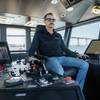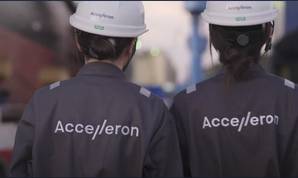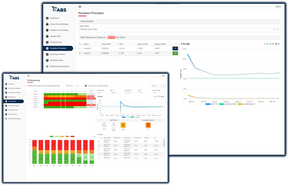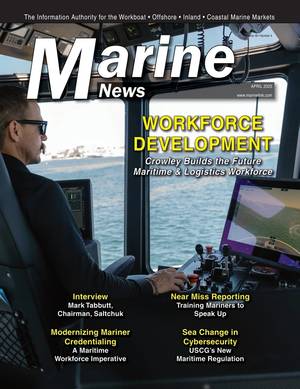Bollinger Completes 50 Boat CG Contract
They were designed in accordance with the American Bureau of Shipping’s (ABS) Guide for Building and Classing High Speed Crafts, and are capable of towing vessels weighing up to 200 tons. One of the most important features is its ability to carry, launch and recover a Rigid Hull Inflatable Boat (RIB) in seas up to 8 feet (2.5 meters) wave height. Bollinger drew upon the experience of David Cannell, a famous English marine designer, in the design of the RIB stern launch and recovery system. The pilothouse of the CBP is a dramatic improvement over the aging Point Class cutters. Their fully integrated system is housed in an area of 205 square feet as opposed to 42 square feet on the Point class. The command and control console stretches the full width of the pilothouse. Visibility is a full 360 degrees with no obstructions from the mast, exhaust, or other hull structure. There are 17 heated windows, including two sliding windows to ensure that the commanding officer has a full view of the surrounding area.
The navigation station faces forward and can accommodate full sized charts without folding. The Electronic Chart Display (ECDIS) with radar overlay is visible from the navigation station, the helmsman’s position, and the commanding officer’s chair. The ECDIS system is a Windows-based computer system that has pre-programmed search and rescue patterns including track line, expanding square, and sector searches. This single unit can display “own ship” and all radar “targets” on the selected navigational chart at their current position. The cutters have a ship’s office to house the U. S. Coast Guard Standard Workstation (personal computer) and a fiber optic Local Area Network (LAN) that can be used internally or externally when connected to a shore tie. Accommodations for two safes for the storage of classified material are also provided in the ship’s office.
Two MTU 8V 396 TE94 diesel engines developing 1500 HP drive five-blade propellers on each of the boats through ZF BW 255 reverse/reduction gears. The system includes a slow speed drive capability to ensure that the vessels can maneuver in restricted waters as well as tow small pleasure craft after a successful search and rescue mission. The engine control and monitoring systems are equipped with operational data recorders to provide performance-based maintenance and to improve logistic support. Each vessel is equipped with a 250-gallon per day reverse osmosis water maker. The RIB launch and recovery system allows for the safe and rapid deployment and recovery of the RIB with minimal assistance from the crew of the “mother” ship. To launch, the boat crew boards the RIB and starts its diesel water-jet engine. The mother ship’s transom gate is raised hydraulically from the down position to an open position parallel to and over the main deck. The crew then activates a quick release hook, allowing the force of gravity to slide the RIB down a 13-degree incline and out of the stern. For recovery, the coxswain can either drive the RIB into the notch and up the incline where a crew member passes a line over a Samson post to capture the craft or the coxswain can winch the RIB into the notch using a high speed electric winch mounted on the main deck of the mother ship. The aluminum hull RIB has a foam collar with an inflatable bladder beneath it to provide durability and safety. The RIB has a top speed in excess of 20 knots when carrying six crewmembers but approaches 30 knots with a two-person crew. Crew comfort is achieved through the use of four two-person staterooms and one three-person stateroom. Each stateroom is equipped with internal telephones and sound-powered phones as well as sinks and potable water service. There are two water closets and two showers to give maximum utilization to the sanitary facilities.












